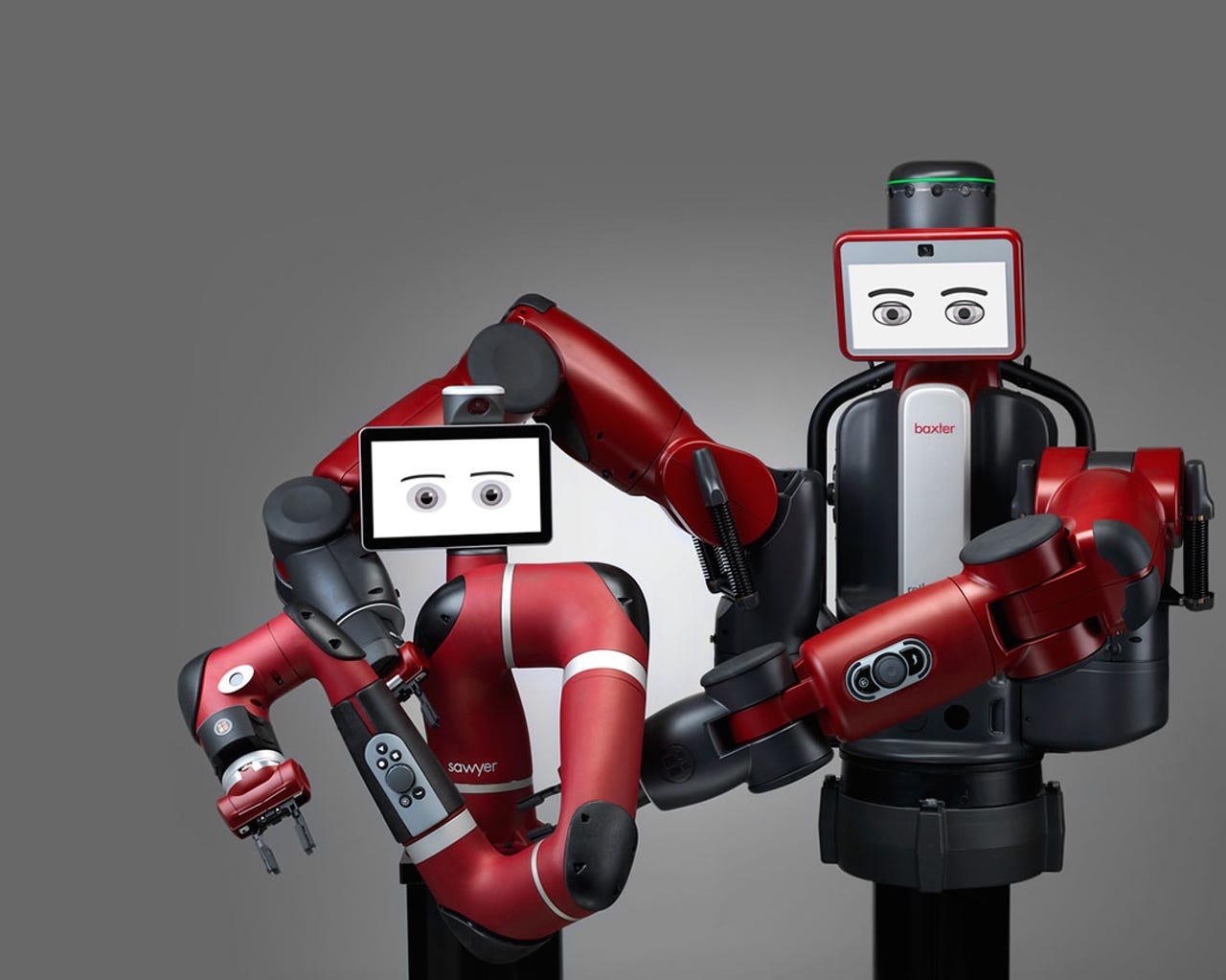Rethink is dead. But is the market rethinking collaborative robotics?


The closure of Rethink Robotics, which shut down last month after an unexpected announcement that hinted at dismal financial footing, sent shockwaves through the collaborative automation industry. In the wake of the news, questions have circulated about whether or not the larger collaborative automation market might be on shakier ground than previously thought.
CNET: Best Black Friday deals 2018 | Best Holiday gifts 2018 | Best TVs to give for the holidays
To back up a step, collaborative robots, which operate outside cages and alongside humans, have been one of the primary drivers of growth in the industrial automation sector for the past few years. Collaborative robots are smaller than their heavy industry counterparts, equipped with a bevy of force and optical sensors to ensure they don't injure humans on the line.
Also: Killer AI robots must be outlawed, says UN chief
Rethink Robotics, maker of Baxter and Sawyer, two human-scale collaborative robots with outsized personalities, was never the market leader (that crown falls squarely on the head -- er, multi-jointed arms -- of Universal Robots), but it was one of the first collaborative robotics firms to market, and its presence loomed large in the tight knit automation community.
Rethink also got a lot of press thanks to its photogenic bots, and that's led to a lot of confusion about the state of collaborative robots in a post-Rethink world.
At the recent Collaborative Robotics, Advanced Vision, and Artificial Intelligence conference in Santa Clara, I asked industry insiders and prospective customers to sum up the situation. The answer I got was that Rethink's problems had to do with a product-market mismatch.
Specifically, Rethink put all its eggs into two flagship platforms. While Universal Robots, ABB, and others were making infinitely reconfigurable collaborative robotic arms with 5-10 kilogram load capacities and multiple degrees of freedom, Rethink opted for human-scale robots with two arms and a face.
Rethink also used series elastic actuators in its arms, which are tremendously forgiving but make precise task repeatability all but impossible.
Indeed, the collaborative robotics market as a whole has never seemed more promising after Rethink's demise. According to a new Markets and Research report, the collaborative robotics market could top $12 billion by 2025, up from $710 million in 2018 (a CAGR of over 50 percent).
Also: Why human-AI collaboration will dominate the future of work TechRepublic
When I spoke with analysts at the Robotic Industries Association, they shared recent figures for the North American industrial automation market. Between January and September of this year, the overall market grew 9 percent, much of that coming from collaborative robots.
In September, Universal Robots sold its 25,000th robotic arm. Other firms like ABB and Fanuc are also reporting strong sales.
TechRepublic: A guide to tech and non-tech holiday gifts to buy online | Photos: Cool gifts for bosses to buy for employees | The do's and don'ts of giving holiday gifts to your coworkers
Despite the fall of one of the sector's pioneers, it seems clear collaborative robots are still living up to their promise as the harbingers of Automation 2.0.
Best gifts for co-workers under $50 on Amazon
Black Friday 2018 deals:
- Black Friday 2018 and Cyber Monday 2018: When and where to get the best deals
- Walmart Black Friday ad features $99 Chromebook, $89 Windows 2-in-1 laptop
- BJs Wholesale Black Friday ad leaks with laptop, desktop, tablet deals
- Target Black Friday ad includes $250 iPad mini 4, $120 Chromebook deals
- Costco kicks off Black Friday ad leaks season with $250 iPad, pair of $200 laptops
- Amazon Black Friday 2018: See early deals on Echo, Fire HD, and more
- Dell Black Friday ad features $120 Inspiron laptop, $500 gaming desktop